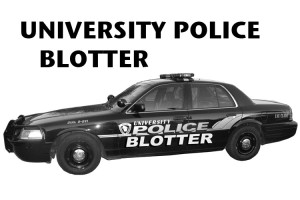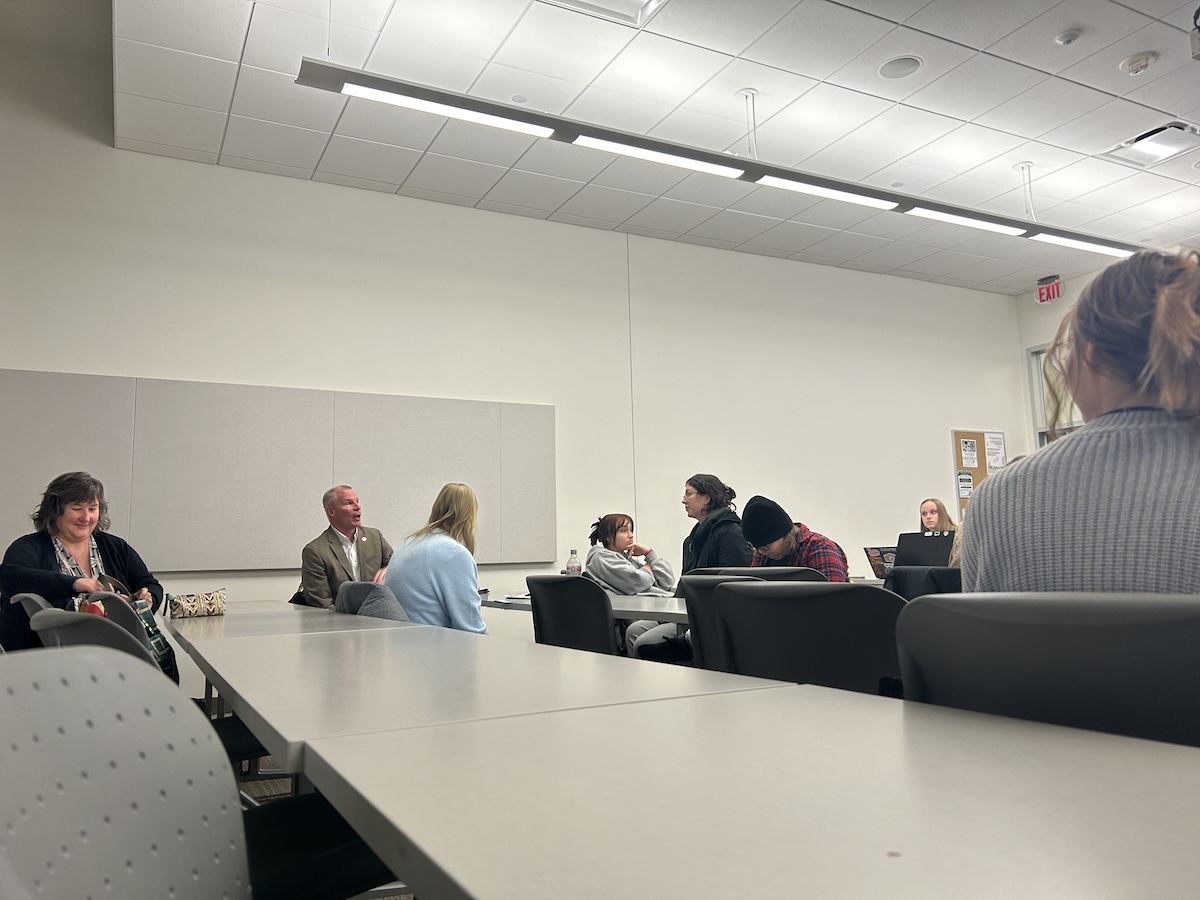He has worked with several Olympic marathon runners and world record breakers who call him “The Professor of Marathon.” In the past, he has made maps for the New York, Boston and Chicago marathons.
Now, he’s taking his talents across the pond to the biggest stage in athletics: the Olympics.
Sean Hartnett, a UW-Eau Claire geography professor, was approached by London Marathon officials to profile the marathon course for the London 2012 Summer Olympics. Hartnett said he was taken aback by the offer at first.
“I’ve made a lot of profiles,” he said, “but not for the Olympics.”
Hartnett said he had produced maps for the London Marathon, a notoriously big race, and that’s what led him to be asked for the Olympics.
The goal of Hartnett’s map is to give the competitors a look ahead at the course’s turns and elevation levels, so as to be more prepared when the gun fires. Hartnett noted that runners — especially Olympic-caliber runners — like to do their homework for races like this.
And they might need to. Turns can be tricky for runners and Hartnett said there are more turns in this course than in any other profile he has produced — a total of over 110.
“Much like a car if it goes around a turn, you’ve got to slow down and speed up,” he said. “Most things you like to do in a marathon you like to do
efficiently, but slowing and speeding up takes more energy.”
Senior Scott Lewis is in Hartnett’s geospatial technologies class and said that Hartnett was very humble about the whole thing.
“It’s like a normal day in his classroom and had I not discovered the article in the local town paper (The Leader Telegram), I may have never known he was assisting with the 2012 Olympics,” Lewis said.
Olympic marathons tend to take the runners past famous landmarks in each Olympic city, so Hartnett’s map sends competitors by Big Ben, the Tower of London and down near the Thames River, all with a variety of elevations, a main feature of the map.
Hartnett’s graphic shows elevation at different kilometer markers, which helps runners determine how to pace their runs to give themselves whatever advantage they can.
A lot of geographical thinking goes into preparation, Hartnett said, but also in post-race analysis. He has made many post-race maps for different marathons that show runners’ times in relation to their location in the race as well, all which feature his own photographs of the runners and data.
But all in all, the “Professor of Marathon” said he’s proud to see Eau Claire’s “hyphenated name” on a map that people from all over the world will see.
Lewis said that Hartnett’s all too deserving of having his work featured in such a big way.
“I for one, am proud to have him as not only one who professes many aspects of geography,” Lewis said, “but shares his work, experiences and knowledge to all of those who ask.”







